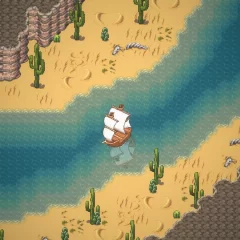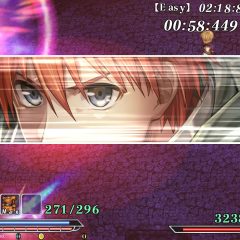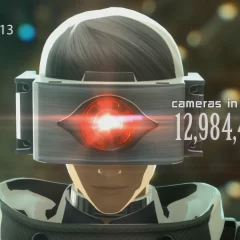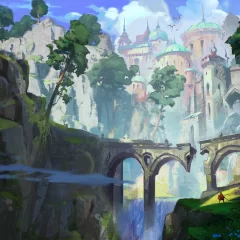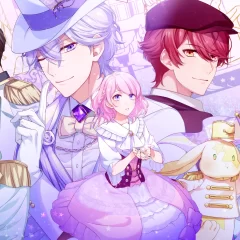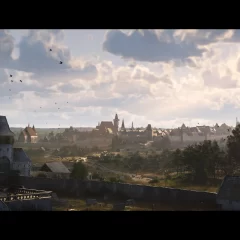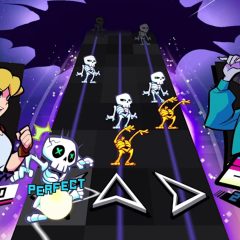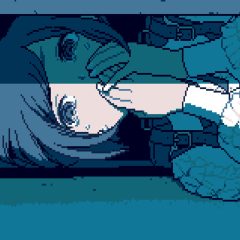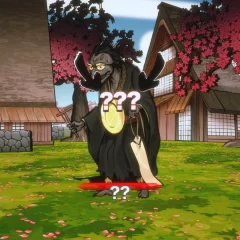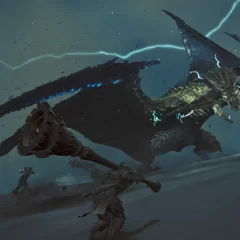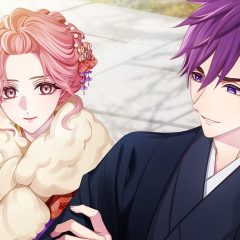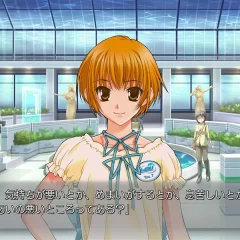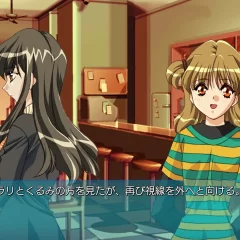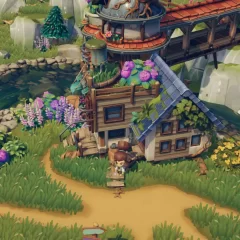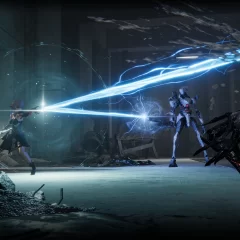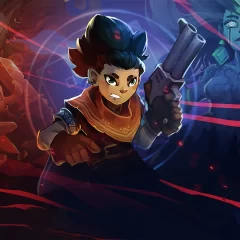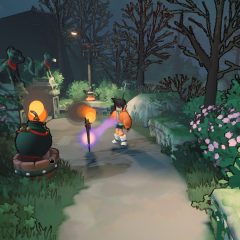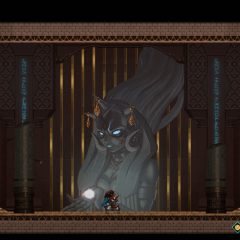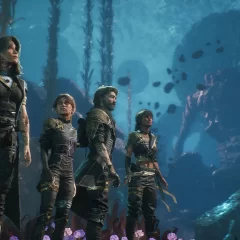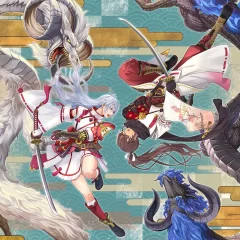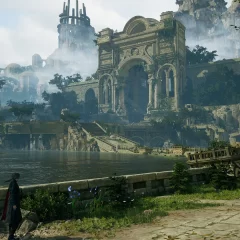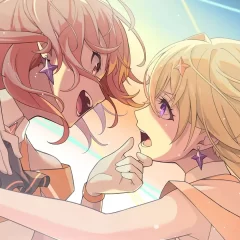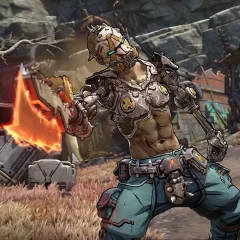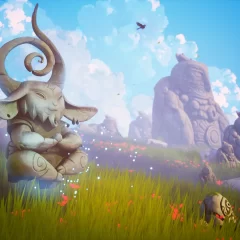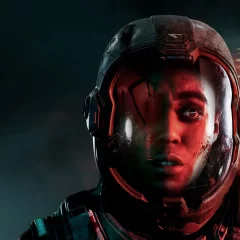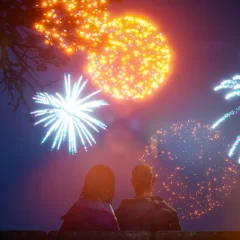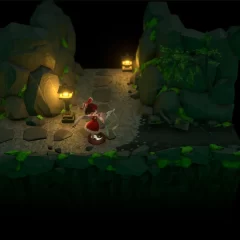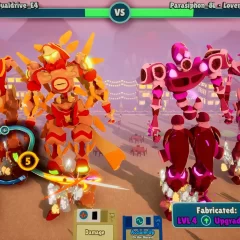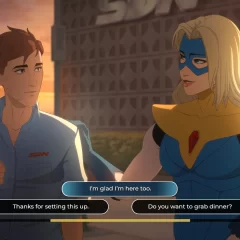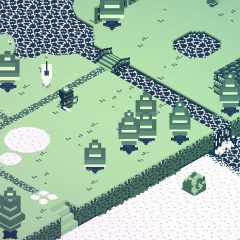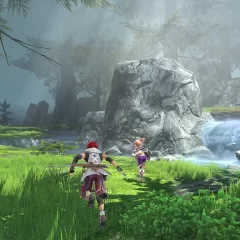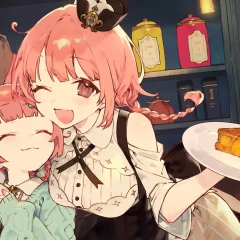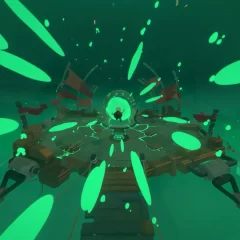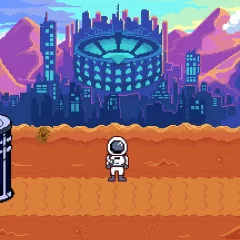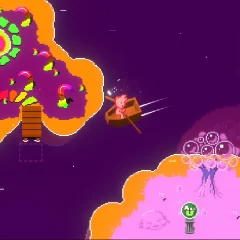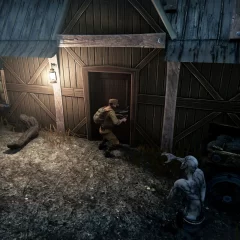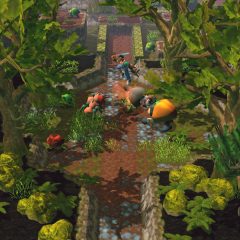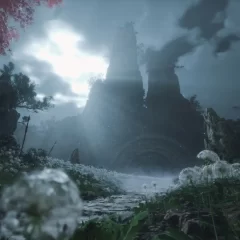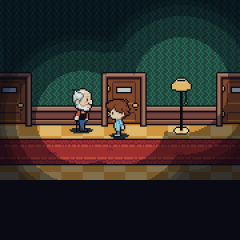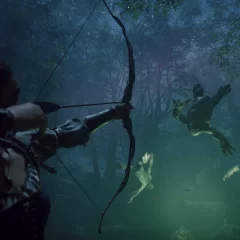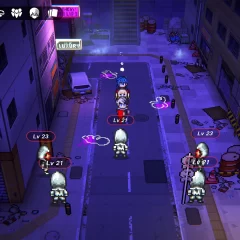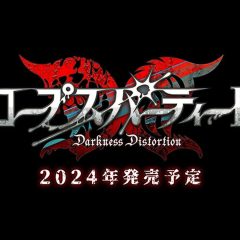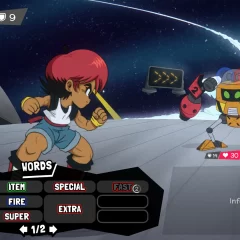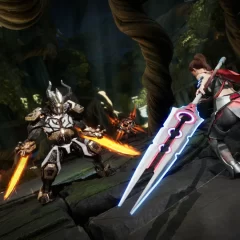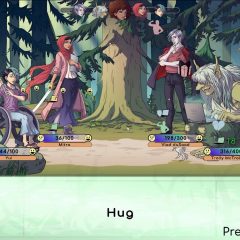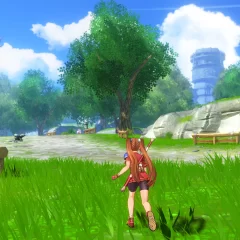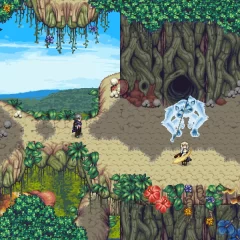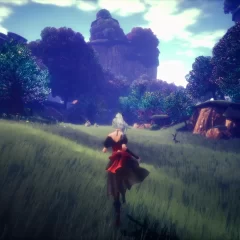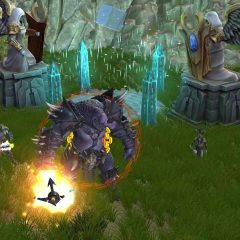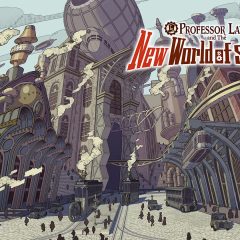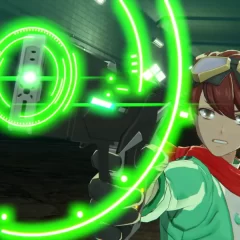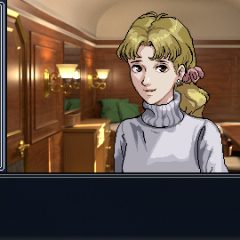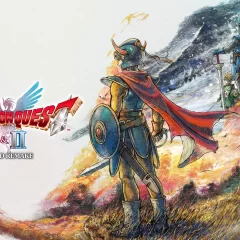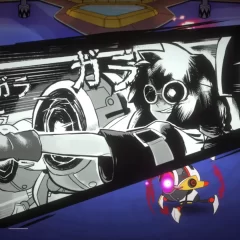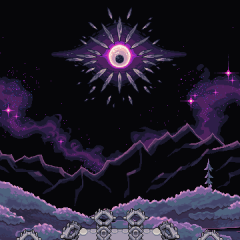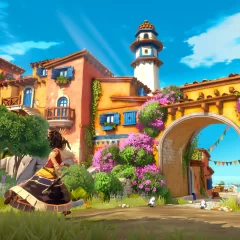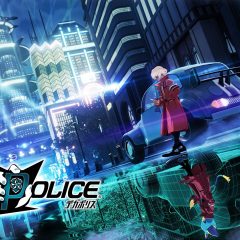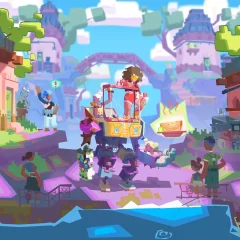Browse games coming up this year and next. For all of our game coverage and to search for titles, please see our Games page.
Please note: Some dates that coincide with the end of a season or quarter may be a placeholder date. For example, a game only known to be releasing in “summer” may display as “September 30” until a date is confirmed.
Upcoming: 2025 and Beyond
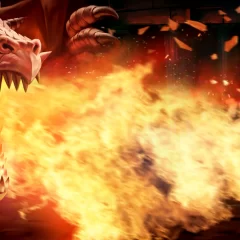
Final Knight
Microsoft Windows
Pull together a group full of personalities ranging from law-abiding to decidedly not. Execute ambushes, order direct attacks, and bust open weak points in this party based arcade like beat ’em up.
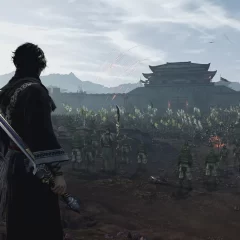
Dynasty Warriors: Origins
Microsoft Windows, Microsoft Xbox Series X|S, Sony PlayStation 5
Step into the role of a nameless hero, who thrives in various 1 vs. 1,000 gameplay scenarios of Warriors lore, and serves as a mysterious martial artist thrust to the forefront of the game’s epic story.
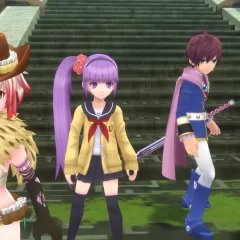
Tales of Graces f Remastered
Microsoft Windows, Microsoft Xbox One, Microsoft Xbox Series X|S, Nintendo Switch, Sony PlayStation 4, Sony PlayStation 5
In Tales of Graces f Remastered, players will follow the adventures of Asbel and his friends as they embark on a world-spanning adventure filled with unforgettable characters, shocking revelations, and unique companions brought together through promise… Read More »
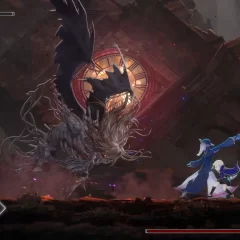
ENDER MAGNOLIA: Bloom in the Mist
Microsoft Windows, Microsoft Xbox Series X|S, Nintendo Switch, Sony PlayStation 4, Sony PlayStation 5
Sequel to 2021’s acclaimed ENDER LILIES: Quietus of the Knights.
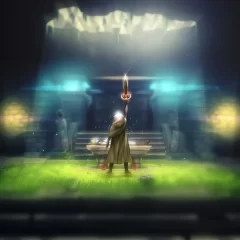
Sword of the Necromancer: Resurrection
Microsoft Windows, Microsoft Xbox One, Microsoft Xbox Series X|S, Nintendo Switch, Sony PlayStation 4, Sony PlayStation 5
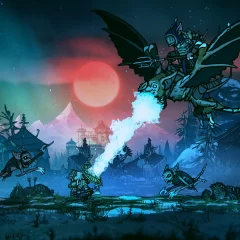
Tails of Iron II: Whiskers of Winter
Linux, Microsoft Windows, Microsoft Xbox One, Microsoft Xbox Series X|S, Nintendo Switch, Sony PlayStation 4, Sony PlayStation 5, macOS
Set after the bloody conclusion of the original, Tails of Iron II: Whiskers of Winter sees Arlo embark on a violent quest of ruthless revenge against the Dark Wings’ onslaught, while introducing new fearsome monster-hunting sidequests against gigantic… Read More »
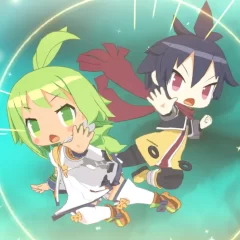
Phantom Brave: The Lost Hero
Microsoft Windows, Nintendo Switch, Sony PlayStation 4, Sony PlayStation 5
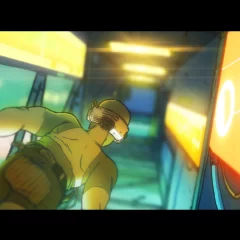
Citizen Sleeper 2: Starward Vector
Microsoft Windows, Microsoft Xbox Series X|S, Nintendo Switch, Sony PlayStation 5
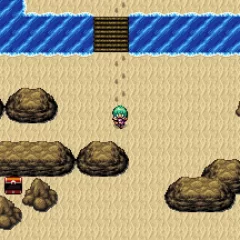
Starlight Legacy
Linux, Microsoft Windows, Microsoft Xbox One, Microsoft Xbox Series X|S, Nintendo Switch, Sony PlayStation 4, Sony PlayStation 5, macOS
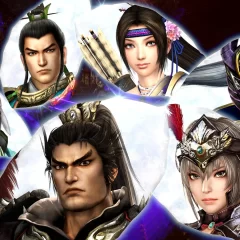
Warriors: Abyss
Microsoft Windows, Microsoft Xbox One, Microsoft Xbox Series X|S, Nintendo Switch, Sony PlayStation 4, Sony PlayStation 5
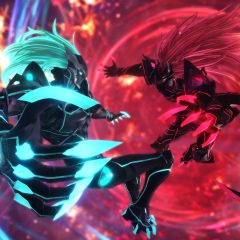
The Legend of Heroes: Trails through Daybreak II
Microsoft Windows, Nintendo Switch, Sony PlayStation 4, Sony PlayStation 5
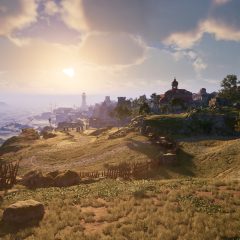
Avowed
Microsoft Windows, Microsoft Xbox Series X|S
Obsidian Entertainment returns to the world of Eora from the Pillars of Eternity series. Avowed sees the developers swap their traditional isometric perspective for first-person swordplay and magic.
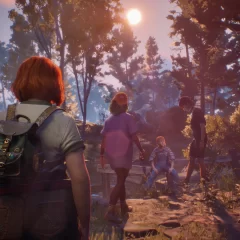
Lost Records: Bloom & Rage
Microsoft Windows, Microsoft Xbox Series X|S, Sony PlayStation 5
Narrative adventure game Lost Records: Bloom & Rage will be divided into two parts: Tape 1 launches on February 18th, 2025, followed by Tape 2 on March 18th.
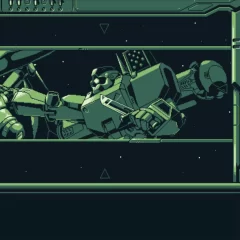
Stories from Sol: The Gun-Dog
Microsoft Windows, Nintendo Switch, Sony PlayStation 4, Sony PlayStation 5
Stories from Sol: The Gun-Dog is a visual novel adventure “designed in the spirit of classic PC-9800 titles. Featuring a vintage green screen aesthetic, Space Colony Studios strives to create an “era-accurate” game that exudes retro vibes in every way,… Read More »
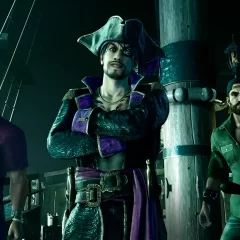
Like a Dragon: Pirate Yakuza in Hawaii
Microsoft Windows, Microsoft Xbox One, Microsoft Xbox Series X|S, Sony PlayStation 4, Sony PlayStation 5
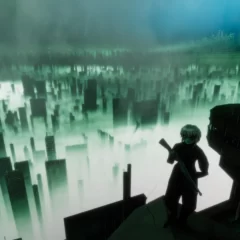
Peripeteia
Microsoft Windows
A cyberpunk stealth game set in an alt-history Poland, Peripeteia is the debut title from developers Ninth Exodus. It’s inspired by games from Ion Storm (Deus Ex) and Looking Glass Studios (System Shock). It launches into Steam Early Access on February… Read More »
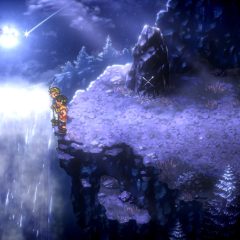
Suikoden I & II HD Remaster: Gate Rune and Dunan Unification Wars
Microsoft Windows, Microsoft Xbox One, Nintendo Switch, Sony PlayStation 4
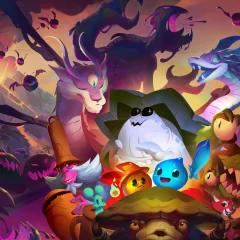
Slime Heroes
Microsoft Windows, Microsoft Xbox Series X|S, Nintendo Switch, Sony PlayStation 4, Sony PlayStation 5
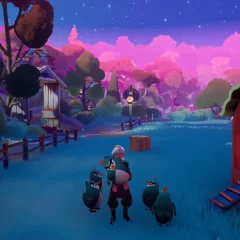
Wanderstop
Microsoft Windows, Sony PlayStation 5
Players control a fallen fighter named Alta in this cozy narrative centered game about change and tea. Alta manages a tea shop in a magical forest, but if she has her way, she’d get out of the tea business for good.
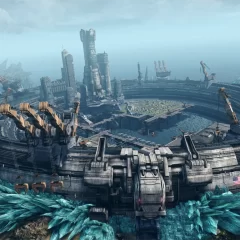
Xenoblade Chronicles X: Definitive Edition
Nintendo Switch
A remaster of Xenoblade Chronicles X, originally released in 2015 for the Wii U.
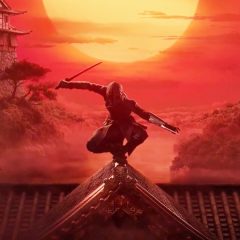
Assassin’s Creed Shadows
Amazon Luna, Microsoft Windows, Microsoft Xbox Series X|S, Sony PlayStation 5, macOS
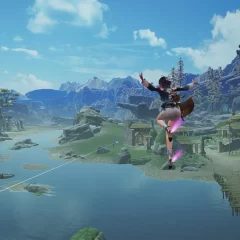
Atelier Yumia: The Alchemist of Memories & the Envisioned Land
Microsoft Windows, Microsoft Xbox One, Microsoft Xbox Series X|S, Nintendo Switch, Sony PlayStation 4, Sony PlayStation 5
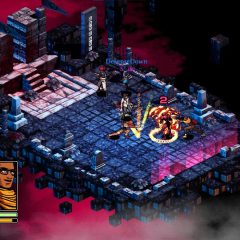
Demonschool
Linux, Microsoft Windows, Microsoft Xbox One, Microsoft Xbox Series X|S, Nintendo Switch, Sony PlayStation 4, Sony PlayStation 5, macOS
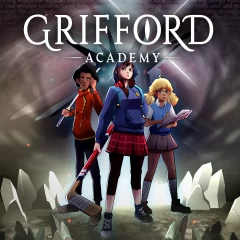
Grifford Academy
Microsoft Windows
Engage in strategic combat in this coming-of-age RPG. Set in a mystical book realm, explore the young minds of a group of misfit friends, uncover magical secrets, and make decisions that shape the personalities of the characters around you.
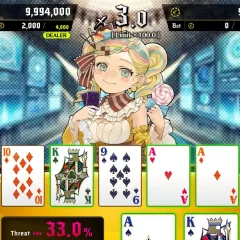
All In Abyss: Judge the Fake
Microsoft Windows, Nintendo Switch, Sony PlayStation 5
All In Abyss: Judge the Fake features Asuha, who sets off on an adventure of gambling, exposing frauds and earning fortunes through poker. A self-proclaimed gambling prodigy, Asuha, challenges “the Witches” and falls into the depths of the abyss as a r… Read More »
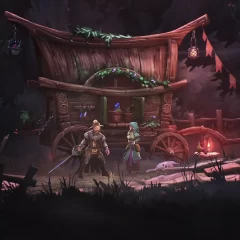
Mandragora
Microsoft Windows, Microsoft Xbox Series X|S, Nintendo Switch, Sony PlayStation 5
In a world that mankind has surrendered to monsters, people hide behind walls of brick and clutch to things like “joy” and “delight” as if they are the most coveted jewels. Your mercenary work will take you to some of the most dangerous places in this… Read More »
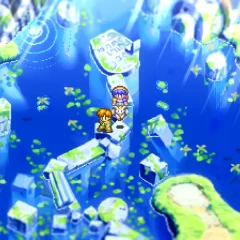
Lunar Remastered Collection
Microsoft Windows, Microsoft Xbox One, Nintendo Switch, Sony PlayStation 4
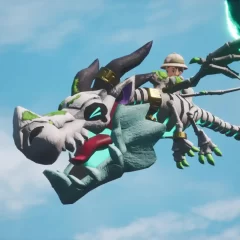
Fantasy Life i: The Girl Who Steals Time
Microsoft Windows, Microsoft Xbox Series X|S, Nintendo Switch, Sony PlayStation 4, Sony PlayStation 5
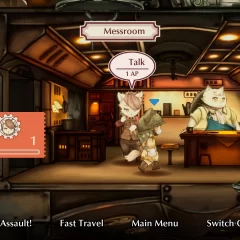
Fuga: Melodies of Steel 3
Microsoft Windows, Microsoft Xbox One, Microsoft Xbox Series X|S, Nintendo Switch, Sony PlayStation 4, Sony PlayStation 5
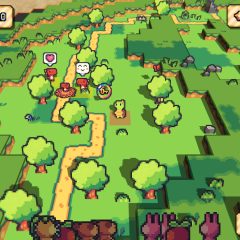
Paper Animal Adventure
Microsoft Windows, Microsoft Xbox Series X|S, Nintendo Switch, Sony PlayStation 5
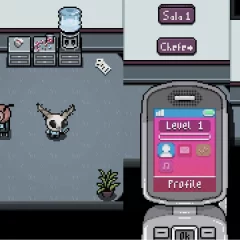
Moth Kubit
Microsoft Windows, Nintendo Switch
Step into the shoes of an ordinary (insect) employee and crawl your way up the corporate ladder of a bizarre mega company that’s simply buzzing with mysteries.
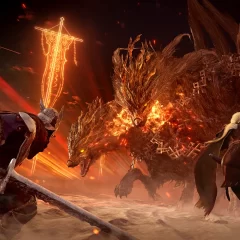
Elden Ring Nightreign
Microsoft Windows, Microsoft Xbox One, Microsoft Xbox Series X|S, Sony PlayStation 4, Sony PlayStation 5
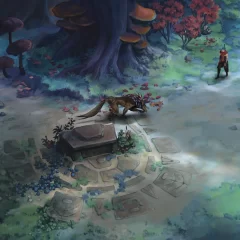
Lost Hellden
Microsoft Windows, Microsoft Xbox Series X|S, Nintendo Switch, Sony PlayStation 4, Sony PlayStation 5
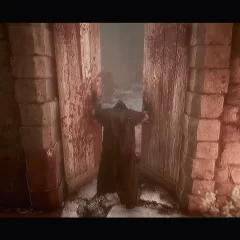
The Relic: First Guardian
Microsoft Windows, Microsoft Xbox Series X|S, Sony PlayStation 5
A once-prosperous land has been transformed into a land of death due to he destruction of a great relic. You are the last hope. You are the last guardian. Your mission: collect and reassemble the scattered pieces of this broken relic and use it to clos… Read More »
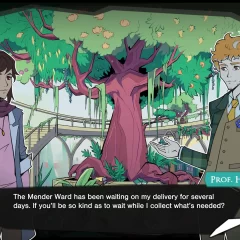
Arcadia Fallen II
Linux, Microsoft Windows, Microsoft Xbox One, Microsoft Xbox Series X|S, Nintendo Switch, Sony PlayStation 4, Sony PlayStation 5, macOS
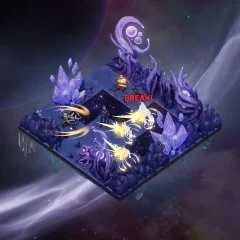
Paraside: Duality Unbound
Microsoft Windows, Microsoft Xbox Series X|S, Nintendo Switch, Sony PlayStation 4, Sony PlayStation 5
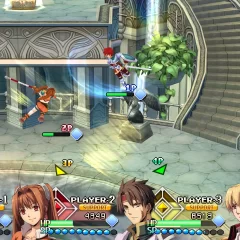
Ys vs. Trails in the Sky: Alternative Saga
Microsoft Windows, Sony PSP, Sony PlayStation 4, Sony PlayStation 5
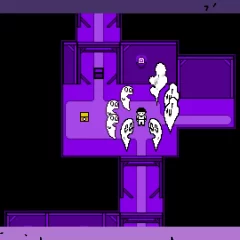
OFF (Remaster)
Microsoft Windows, Nintendo Switch
Take control of the Batter as he seeks to purify an uncanny and hopeless world haunted by specters. Guided by a cryptic, grinning cat called The Judge, players will have to navigate increasingly confusing zones and ultimately reckon with The Batter’s m… Read More »
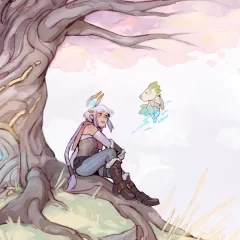
Alabaster Dawn
Linux, Microsoft Windows
Alabaster Dawn is an Action RPG that builds on the best aspects of Radical Fish Games’ previous title, CrossCode. It features a deep combat system, challenging puzzles, and a mysterious world teeming with secrets, all bundled up in an engaging story. T… Read More »

Ballad of Antara
Sony PlayStation 5
Reclaim the twisted and lost essences of the world as you embark upon a perilous journey in this dark fantasy action RPG featuring massive divine creatures and the foreboding Grey Mist.
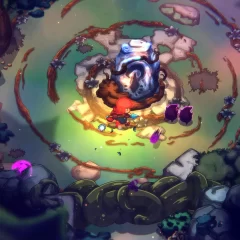
Last Moon
Linux, Microsoft Windows, Microsoft Xbox Series X|S, Nintendo Switch, Sony PlayStation 5, macOS
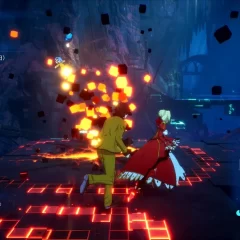
Fate/Extra Record
Microsoft Windows, Nintendo Switch, Sony PlayStation 4, Sony PlayStation 5
This is a remake of Fate/Extra, the first Fate series RPG originally released on July 22, 2010, now revamped for modern hardware with an expanded scenario, refreshed character graphics, and dramatic command battles utilizing a highly strategic deck-bui… Read More »

Type-Noise: Shonen Shojo
Microsoft Windows
Type-Noise: Shonen Shojo puts the player in control one of several traumatized amnesiac teens who are trapped in a labyrinth of their own fears. The only way out? Interact with the same painful memories that you want to escape from, and face your own N… Read More »
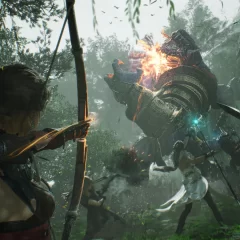
ArcheAge Chronicles
Microsoft Windows, Microsoft Xbox Series X|S, Sony PlayStation 5
ArcheAge Chronicles (formerly known as ArcheAge 2) is the next evolution of the critically acclaimed ArcheAge series. Building on the legacy of its predecessor, this new title introduces players to a seamless open world filled with adventure, epic batt… Read More »
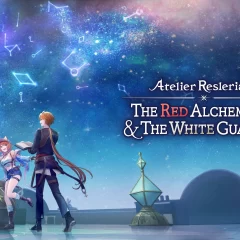
Atelier Resleriana: The Red Alchemist & the White Guardian
Microsoft Windows, Nintendo Switch, Sony PlayStation 4, Sony PlayStation 5
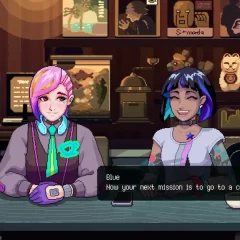
Coffee Talk Tokyo
Microsoft Windows, Microsoft Xbox One, Microsoft Xbox Series X|S, Nintendo Switch, Sony PlayStation 5
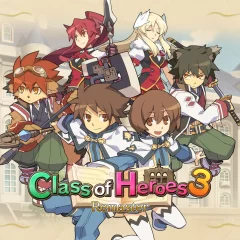
Class of Heroes 3 Remaster
Microsoft Windows, Nintendo Switch, Sony PlayStation 5
Enroll in one of three distinct schools, join your fellow students on an epic dungeon crawling adventure, and celebrate this new and improved third entry in the Class of Heroes series; coming to the West for the first time!

SerialWorld
Microsoft Windows, macOS
SerialWorld is a comedic, yet serious, deckbuilder RPG that even newcomers to the genre can enjoy. Join Milo and Anima on an adventure into a mysterious world and help find solutions to its various disturbances!
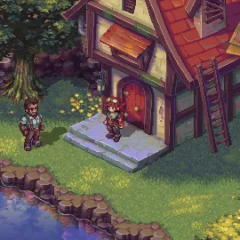
Forge of the Fae
Microsoft Windows, Microsoft Xbox One, Microsoft Xbox Series X|S, Nintendo Switch, Sony PlayStation 4, Sony PlayStation 5
